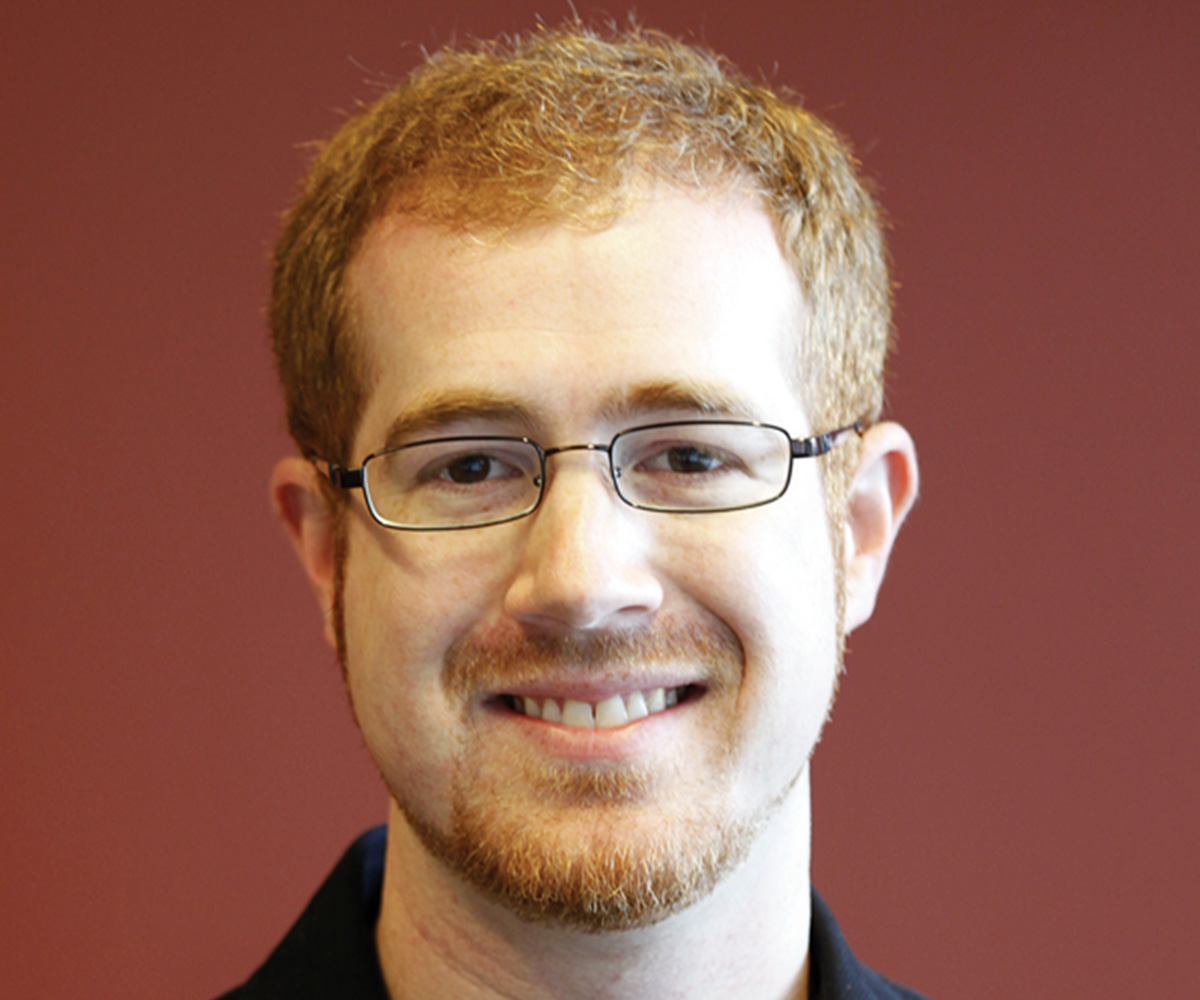
With the development of increasingly sensitive molecular profiling technologies, researchers have in recent years sought to explore how the location of individual cells in tissues influences their behavior and global gene expression patterns, or transcriptomes. This capability is of importance to tumor biology since differences in local signaling networks can, by altering gene expression in individual cells, profoundly influence cellular heterogeneity, tumor progression and drug resistance. But existing technologies for this sort of “spatial transcriptomics” have relatively poor cellular resolution or are unable to detect the full scope of gene expression in individually resolved cells. That is, they either detect gene expression profiles in clusters of cells—typically ten or more in number—or fail to capture the full spectrum of genes expressed in individual cells. Researchers led by Ludwig Stanford’s Aaron Newman reported in Nature Biotechnology in March a new method for spatial transcriptomics named CytoSPACE that solves both problems: it captures the full scope of gene expression while sharpening the spatial resolution of transcriptomes down to the level of individual cells. He and his colleagues show that CytoSPACE far outperforms previous methods in terms of its accuracy and single-cell resolution when employed for spatial transcriptomics in multiple types of tissue.
High-resolution alignment of single-cell and spatial transcriptomes with CytoSPACE
Nature Biotechnology, 2023 March 6